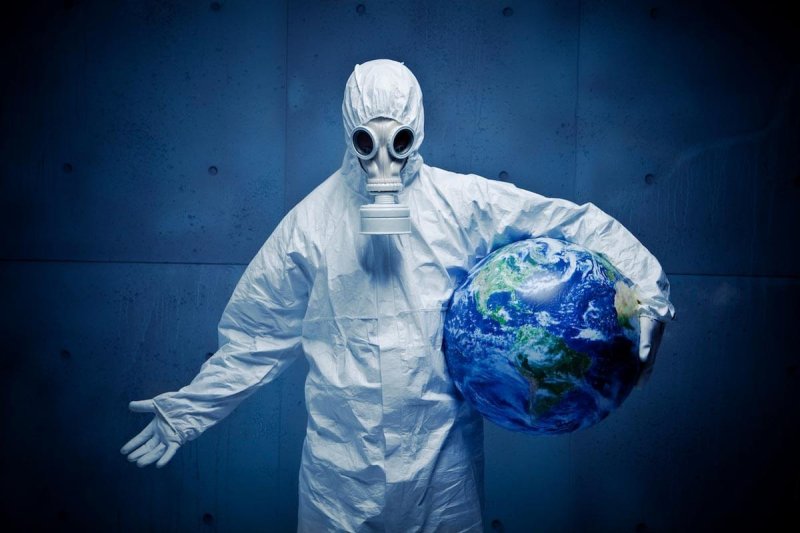Can ‘safe genes’ prevent hackers from using CRISPR to make bioweapons?
Two phenomena raise the risk, the cost of gene editing has come down dramatically, and information on just how it works may no longer be under lock and key. Scientists at Stanford University claim “that genetic engineering could be out there in the public domain.” Due to this, the Pentagon wants to develop “safe genes,” which could be used to neutralize dangerous substances designed by biohackers.
…
The Department of Defense has tapped DARPA, the research arm of the Pentagon. Officials there are now putting together a Safe Genes program, which will contain a biosafety and biosecurity toolkit.
…
Molecular biologist John Parrington of Oxford University recently spoke…about concerns surrounding gene editing. He said the issue of safety weighed on the minds of the scientific community as well. Of course, most biohackers today are experimenting with it for helpful reasons.
The GLP aggregated and excerpted this blog/article to reflect the diversity of news, opinion, and analysis. Read full, original post: Low-Cost Gene Editing Could Breed a New Form of Bioterrorism































